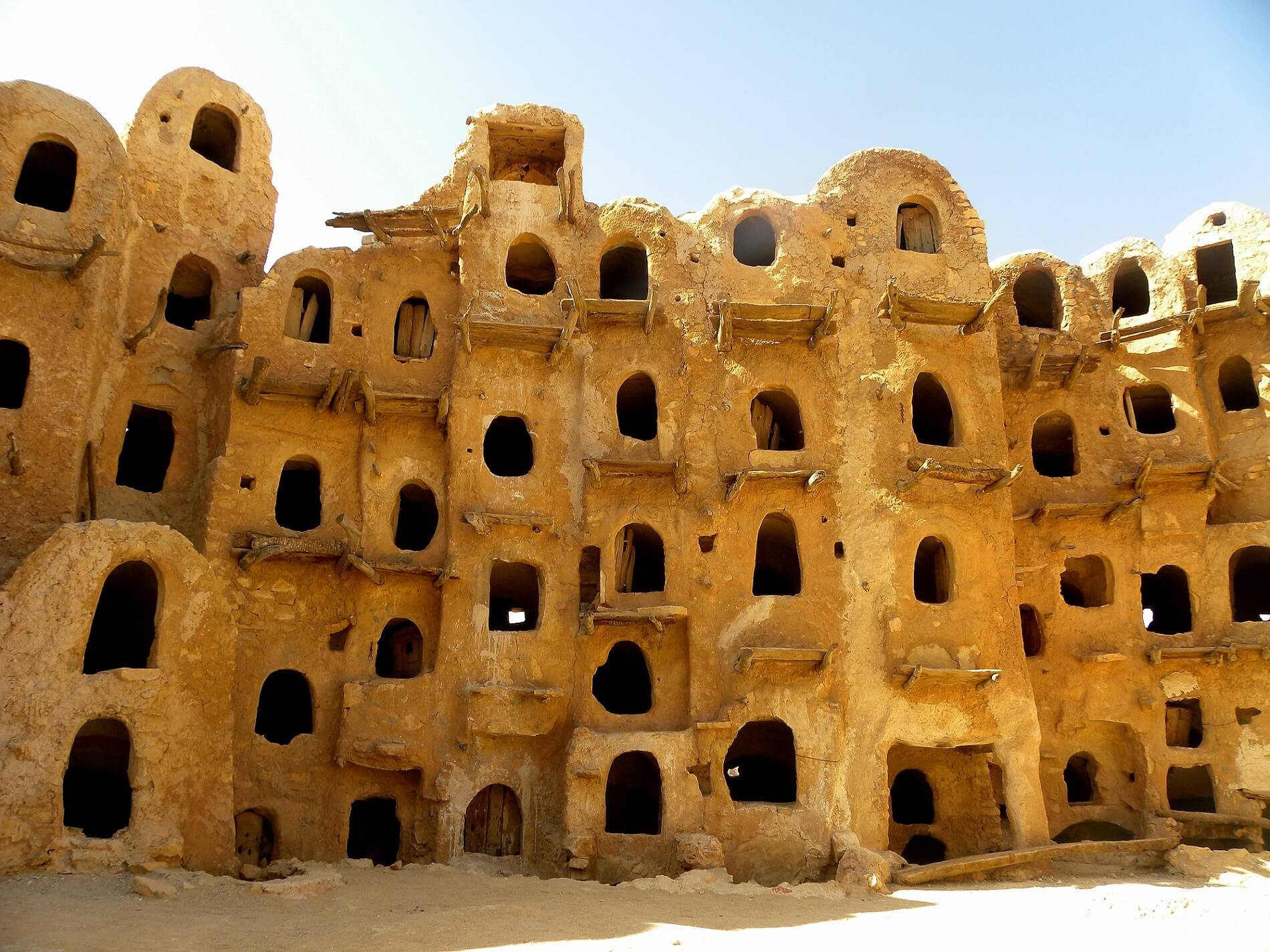The World Bank published its evaluation of the key economic indicators for the Libyan economy and its forecasts for the coming months and years. The budget deficit and the account deficit are expected to remain stubbornly high. Chief among the listed factors for economic strife in Libya is political instability; oil and non-hydrocarbon sectors have been severely weakened by blockades and disrupted supply chains. The article concludes by stating the obvious: a positive economic outlook for Libya hinges on the success of the GNA.
The latest MENA Economic Monitor Report - Spring 2016, expects Libya’s fiscal and current account deficits to continue in 2016, with the budget deficit at about 60 % of GDP and the current account deficit at 70 % of GDP. In the next few years, as oil production reaches full capacity, growth is projected to rebound at 46 % in 2017 and 15 % in 2018.The political conflict has taken a severe toll on the economy, which has remained in recession for the third consecutive year in 2015. Political strife, weak security conditions, and blockaded oil infrastructures continue to constrain the supply side of the economy, which shrank by 10 % in 2015.The economic and social outlook assumes that the GNA begins governing the country by restoring security and launching programs to rebuild the economic and social infrastructures. In this context, production of oil is projected to improve to around 1 million bpd by end 2016. On this basis, GDP is projected to increase by 22 %.
To read the full article, click here.

